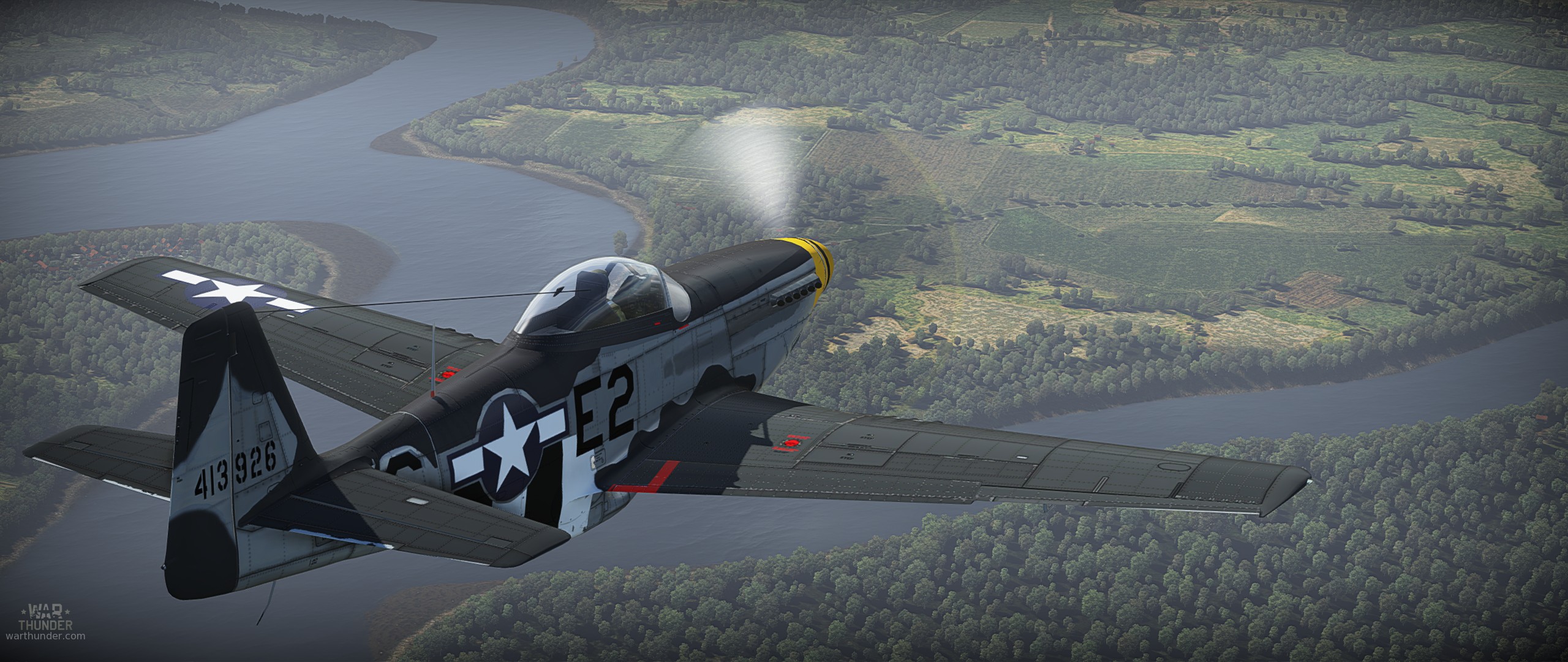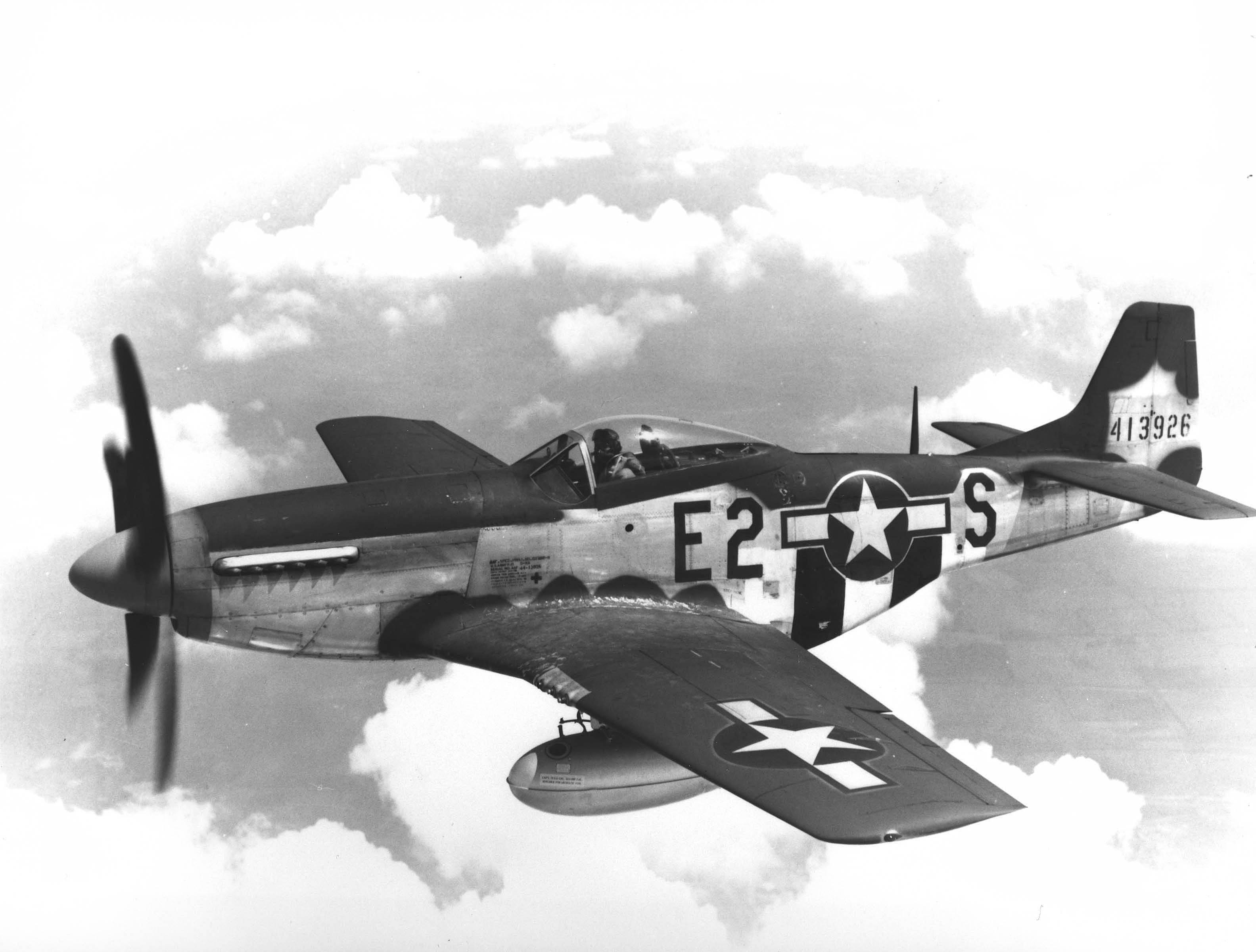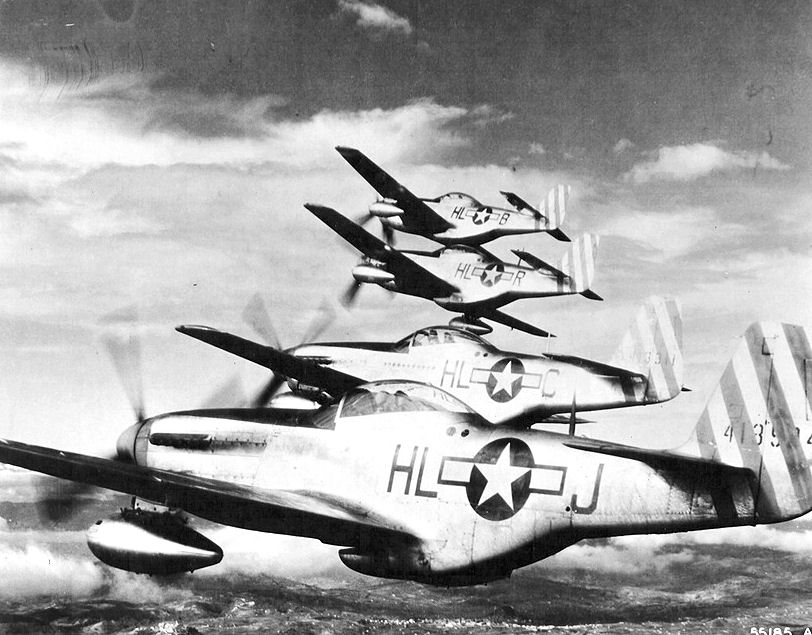
- For PC
- For MAC
- For Linux
- OS: Windows 10 (64 bit)
- Processor: Dual-Core 2.2 GHz
- Memory: 4GB
- Video Card: DirectX 11 level video card: AMD Radeon 77XX / NVIDIA GeForce GTX 660. The minimum supported resolution for the game is 720p.
- Network: Broadband Internet connection
- Hard Drive: 23.1 GB (Minimal client)
- OS: Windows 10/11 (64 bit)
- Processor: Intel Core i5 or Ryzen 5 3600 and better
- Memory: 16 GB and more
- Video Card: DirectX 11 level video card or higher and drivers: Nvidia GeForce 1060 and higher, Radeon RX 570 and higher
- Network: Broadband Internet connection
- Hard Drive: 75.9 GB (Full client)
- OS: Mac OS Big Sur 11.0 or newer
- Processor: Core i5, minimum 2.2GHz (Intel Xeon is not supported)
- Memory: 6 GB
- Video Card: Intel Iris Pro 5200 (Mac), or analog from AMD/Nvidia for Mac. Minimum supported resolution for the game is 720p with Metal support.
- Network: Broadband Internet connection
- Hard Drive: 22.1 GB (Minimal client)
- OS: Mac OS Big Sur 11.0 or newer
- Processor: Core i7 (Intel Xeon is not supported)
- Memory: 8 GB
- Video Card: Radeon Vega II or higher with Metal support.
- Network: Broadband Internet connection
- Hard Drive: 62.2 GB (Full client)
- OS: Most modern 64bit Linux distributions
- Processor: Dual-Core 2.4 GHz
- Memory: 4 GB
- Video Card: NVIDIA 660 with latest proprietary drivers (not older than 6 months) / similar AMD with latest proprietary drivers (not older than 6 months; the minimum supported resolution for the game is 720p) with Vulkan support.
- Network: Broadband Internet connection
- Hard Drive: 22.1 GB (Minimal client)
- OS: Ubuntu 20.04 64bit
- Processor: Intel Core i7
- Memory: 16 GB
- Video Card: NVIDIA 1060 with latest proprietary drivers (not older than 6 months) / similar AMD (Radeon RX 570) with latest proprietary drivers (not older than 6 months) with Vulkan support.
- Network: Broadband Internet connection
- Hard Drive: 62.2 GB (Full client)

Lt.Urban L. "Ben" Drew, RAF Bottisham, Cambridgeshire (UK)
camouflage made by TSGT and you can download it here
The origins of the P-51 Mustang fighter can be traced back to 1939. It was then that the Royal Air Force requested the North American Aviation plant in Inglewood, CA to produce under license an export version of the Curtiss P-40 Tomahawk fighter for the RAF, known as the Hawk 81. The engineers at NAA thought, however, that they could design a better machine than the P-40 using the newly developed laminar flow wing. The design would be based on the same engine - the Allison V-1710-F3R. After the proposal for a new fighter was welcomed warmly by the British in January 1940, the works on a prototype known as the NA-73X began. After the first flight on the 26th of October 1940, the RAF ordered 320 fighters, known now as the Mustang Mk.I. The USAAF also received two prototypes in 1941 - these were designated as the XP-51.
 |
| 375th Fighter Squadron North American P-51D-5-NA Mustang |
In 1942 the USAAF accepted the new fighter into service as the P-51A. Even though the Mustang was considered a good machine at the time, the engineers at the Inglewood plant were still trying to improve the design. The main problem was the Allison engine - even though it allowed for very good low-altitude performance, its limitations meant that the Mustang performed poorly at high altitudes. This changed with the P-51C model where, after the suggestions of Major Thomas Hitchcock, the military attache to the US Embassy in London, the Allison engine was substituted with the Packard built Rolls Royce Merlin 61 engine. Because of that change the high-altitude performance of the P-51 improved drastically with the B and C variants. In 1944 the plant began producing the new P-51D model.. Aside from the engine change, the new Mustang was also fitted with six Browning .50 caliber machine guns instead of four, a bubble canopy and a new gunsight. This was also the most produced variant of one of the best fighter aircraft of World War II.
In game, the P-51D-5 is a rank IV aircraft with a Battle Rating of 5.0 for Realistic Battles. The playstyle of the P-51 is fairly similar to other US aircraft before it. The key to doing well in the new fighter is to always keep the speed up; the Mustang’s handling characteristics drastically improve as the speed increases. It is then imperative not to use the P-51 in a role of a low-altitude dogfighter. Instead, a P-51 pilot should always keep his speed up and engage from above. The Mustang excels in the role of a Boom & Zoom oriented energy fighter - it accelerates very well in a dive, retains energy very well and has a high G-Tolerance, which helps it to zoom away from an attack or apply evasive maneuvers in case of picking up a tail or missing the approach. As with many Boom & Zoom aircraft a pilot of a P-51 must remember that altitude and speed advantages are crucial for dictating the terms of the engagement.
 |
|
308th Fighter Squadron |
On paper the armament of the Mustang, consisting of six Browning .50 caliber machine guns, does not look that special - players accustomed to flying US aircraft might even find it a little bit underwhelming, as they have had already seen it on fighters such as the P-40 Kittyhawk or the F6F Hellcat. However, the P-51 has access to the Tracer ammo belt, which enables it to carry a full load of Armor Piercing Incendiary Tracer rounds (API-T). Because of this, the lethality of the Mustang is seriously increased. As with all wing mounted weapons it is imperative that the pilot engages targets at the convergence range of his guns to maximize the impact of his firepower. With a very generous supply of 2080 rounds the pilot can take some liberties while shooting - however, they should always monitor the ammo count so as not to be surprised when the guns go “click” in a middle of a heated dogfight.
Overall the P-51 Mustang is a very solid aircraft in which any US fighter pilot should feel comfortable. With its superb high speed handling characteristics, great energy retention and solid armament it is a sure contender. The Mustang will also be your gateway to the top US jet fighter - the F-86 Sabre.
Author: Adam “BONKERS” Lisiewicz
See you in the skies



